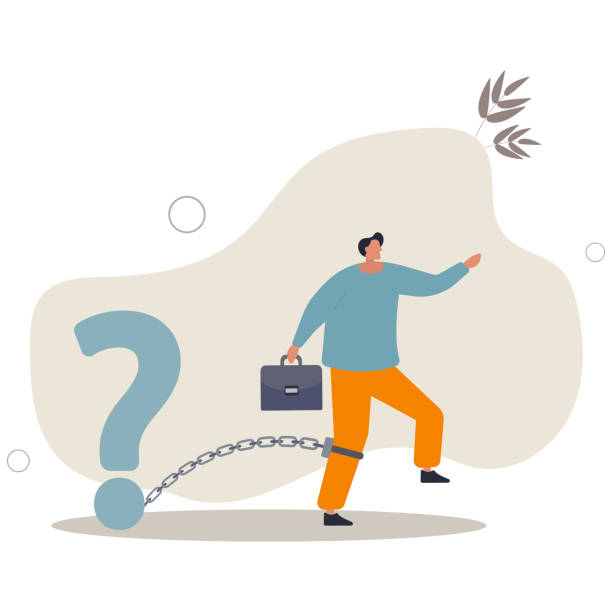B2B podcasts are not immune to identity crisis. This makes many podcasts less appealing than they should be.
Can I offer a contrary viewpoint when the format appears to be “having its moment”? Easy. Podcasts are not what I used to do. They’re not.
You have the same obligation to your viewers whether you are putting together a “tape at 11” or a news story for a magazine. You have to start by telling them what you will say, and then you need to repeat it. You must ensure that your message is evident on the first viewing or hearing unless the viewer has recorded the show and can return.
Visuals are a big part of TV. Podcasts don’t have that advantage. Keeping the podcast focused on the topic is essential and includes only the most critical facts. It takes a particular skill to be able to create pictures with words.
Audio Pictures
My father was a perfect example of someone who did this very well. He would do introductions to songs in his rock and roll radio show, using stories he had written. He could describe a scene that you couldn’t but imagine in a matter of seconds. The structure of his intros had a beginning, middle, and end (and the ending was always the song’s first line).
Podcasts should not do this. They should create their version, which would serve a different purpose.
It’s time to rethink B2B podcasts’ purpose, process, and payoff.
Unhelpfulness
Many B2B podcasts are a waste of time for customers and prospects.
They seldom get to the point at a reasonable speed. (And sometimes, they leave the listener guessing what it is.) When constantly bombarded with limited stimuli and time, focusing on a specific topic is essential.
A competent moderator is not present to guide them. Podcast moderators think their role is to be friendly, not someone who can stop interviewees from rambling and avoiding questions. It’s not. They are there to get the best and most informative answers from their guests, which they already should know (through interviewing them in advance).
They place production values above journalistic merit and are more concerned with form than content. Podcasts are not for those who want to entertain without being informed. Make YouTube videos at your desk. Radio is an excellent alternative to podcasts that need music for intros and transitions.
Around the turn of this century, I believe a new generation of students thought journalism was accessible. They created the podcast when they realized that interviews and research were the foundation of a story, that they had to be edited and integrated with related information, and that they all needed fact-checking. They could blame the guest if the information they received was incorrect or misleading and claim they did not have time to verify it. They could have avoided this by getting jobs at Fox News.
Time Value
Podcasts are like videos; they can last forever and never reach the point. Please don’t waste time when you ask someone to donate theirs in B2B. You may never get their attention back. You might never earn their attention.
You have a duty to your listeners to entertain, inform, and be concise, even when stuck in traffic or trying to get in shape in the gym. This 30-second introduction? Why not reduce it to 10 seconds (or eliminate the 30-second opening)? What about all the details of everything that your guests did? Trim the pieces to only what is relevant for this episode.
Here’s how to save your podcast from the content muck:
Start with a clear statement of what the listeners will hear, why it is essential, and how it will benefit them.
You should know the answers to all the questions you will ask (you’ll need to interview your guest beforehand) and keep your guests on track if they get off course. This increases their value as well as yours and your podcast.
When something unexpected happens, improvise but keep your focus on the topic.
Podcasts are like radio for blind people; they do not include visuals.
Use narration to fill in any gaps.
If you want to provide a timeline for people downloading the recording, include a key (e.g., “10:14 The importance of having a Plan B”).
Provide a straightforward URL for people who want links to more information (e.g., Usefulinformation.com/podcasts/[date]).
At the end of this podcast, give a sneak peek at the next one.
Do the IDs: “You are listening to Kelly Kahzmose and Pat Knowitall on the answer to all things, and we are talking about …”
You can use audio ads as “bookends” to open and close your advertisements.
Place ads above or beneath the audio progress cursor if visible (in the download window or on the SoundCloud page). Also, put your logo below.
You can add a music-based opening if you feel you must, but keep it short. It should be no longer than a radio station’s ID.
It’s not about selling stuff but providing busy businesspeople with information they can use and understand. This will help them associate you (and the company) with a positive image.

